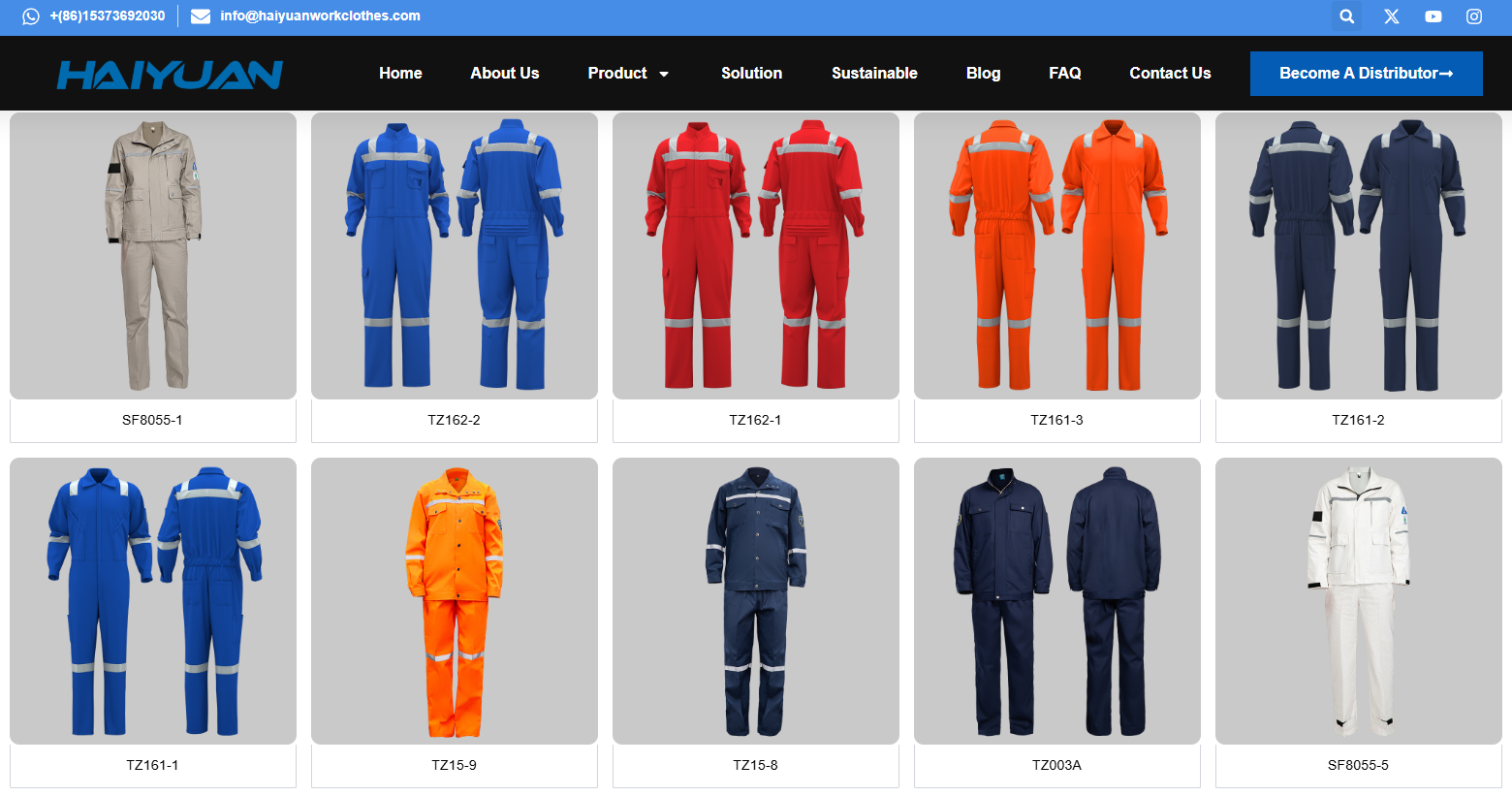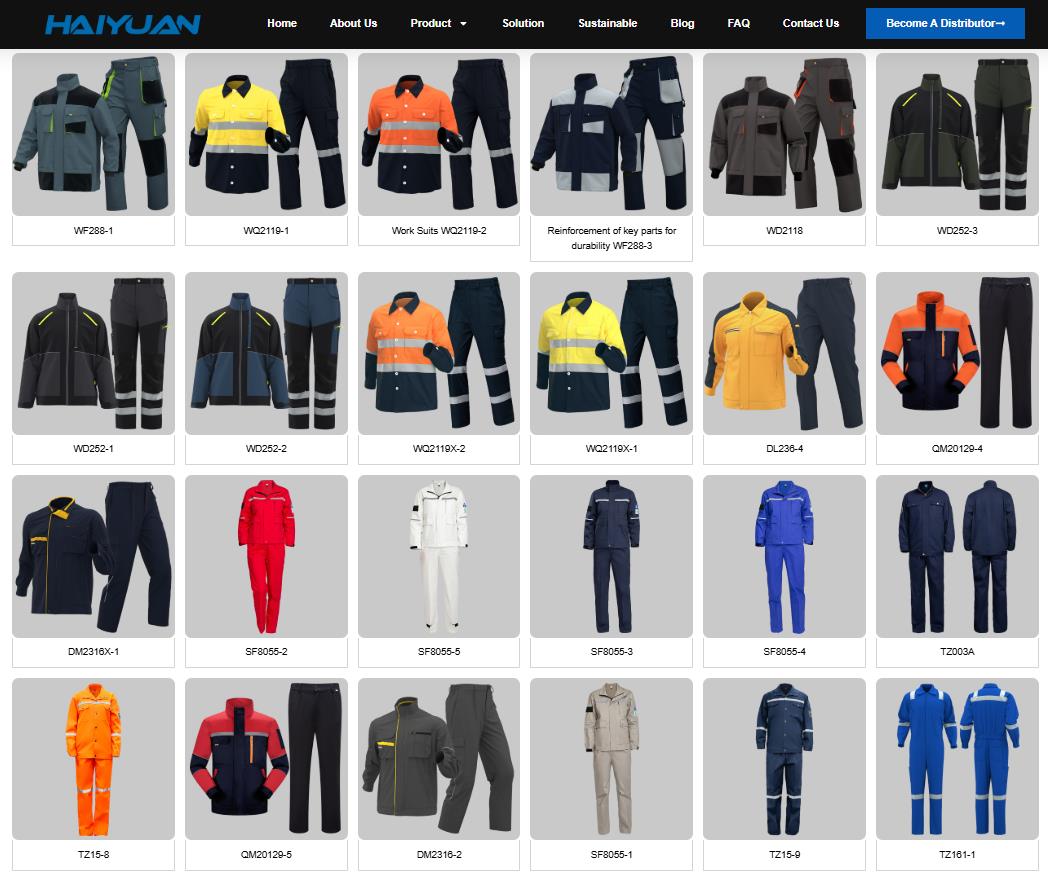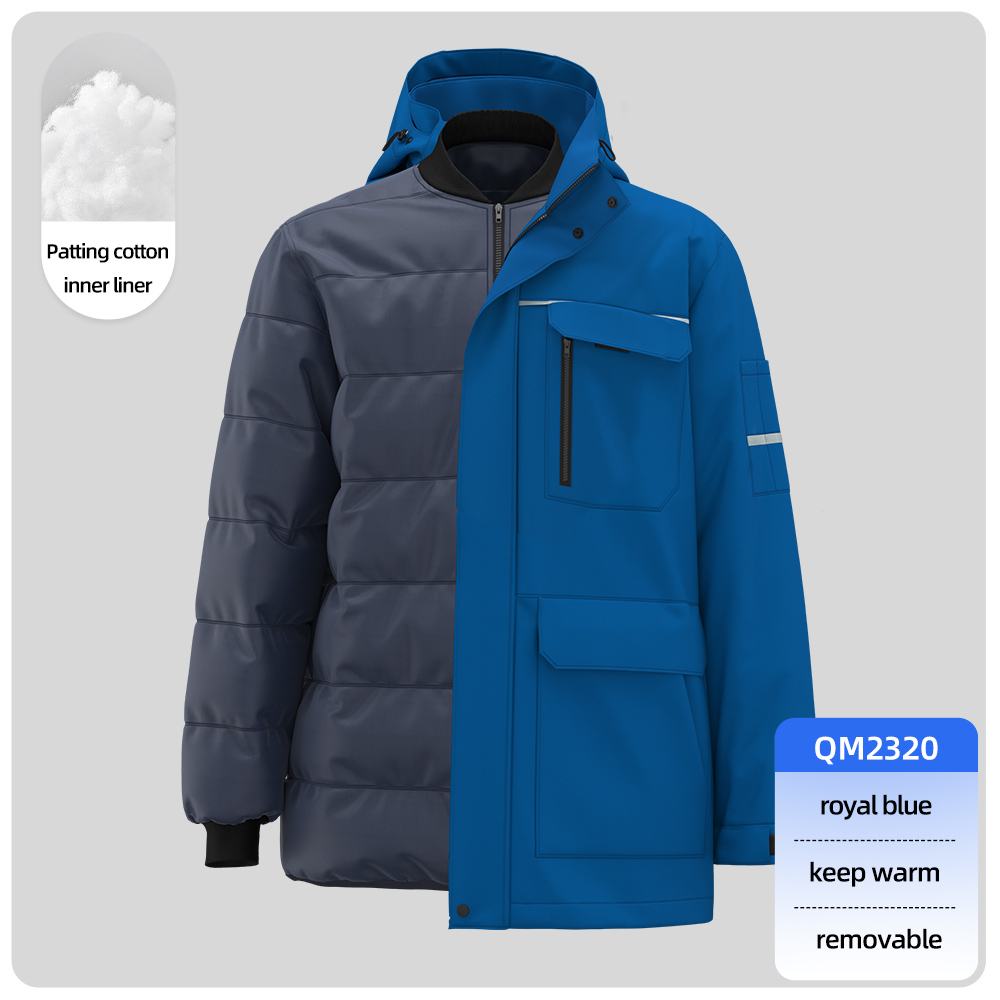What offshore workers wear is a critical aspect of their safety and is dictated by the harsh and unforgiving environment of the open ocean. It’s a layered system designed for protection, survival, and functionality.
The attire can be broken down into two main categories: 1) Standard Work Clothes and 2) Specialized Personal Protective Equipment (PPE) and Survival Gear.
1. Standard Work Clothes (The Base Layers)
These are the clothes worn under the PPE, chosen for comfort and practicality.
-
Fire-Retardant (FR) Coveralls: This is the universal uniform for most offshore workers on oil and gas platforms and rigs. They are almost always dark blue or orange.
-
Why FR? The primary hazard on an offshore installation is fire or explosion. FR clothing is designed to self-extinguish and not contribute to burns, providing critical seconds to escape.
-
Material: Typically made of Nomex or other inherent FR fabrics that do not lose their protective properties with washing.
-
-
FR Shirts and Pants: In some warmer climates or for specific jobs, workers might wear separate FR shirts and pants instead of coveralls.
-
Base Layers: Underneath the FR clothing, workers wear moisture-wicking thermal underwear or t-shirts (often also made from FR-compliant materials). This keeps them dry and warm in cold North Sea conditions or comfortable in hotter climates.

flame-retardant-work-uniform
2. Specialized PPE & Survival Gear (The Essential Add-ons)
This equipment is non-negotiable and is worn or must be immediately accessible at all times.
Head Protection
-
Hard Hat (Safety Helmet): Always worn outside. Protects from falling objects. Often has a chin strap to prevent it from blowing away in high winds.
-
Bump Cap: May be worn in more confined, low-risk indoor areas of the installation.
Foot Protection
-
Steel-Toe Safety Boots: Mandatory. They must be:
-
Oil- and Slip-Resistant: For traction on wet, oily decks.
-
Waterproof: To keep feet dry.
-
Often with a “Metatarsal Guard”: A protective bar over the top of the foot to protect against heavy crushing impacts from pipes or equipment.
-
Hand Protection
-
Work Gloves: The type varies drastically by task:
-
General Purpose: Leather palm gloves for handling rough materials.
-
Impact-Resistant: For use with vibrating tools.
-
Chemical-Resistant: For handling drilling mud or chemicals.
-
Hot Work: Heat-resistant gloves for welding or cutting.
-
Eye and Face Protection
-
Safety Glasses: Worn at all times outdoors.
-
Safety Goggles: For better sealing against dust or chemical splashes.
-
Face Shields: Used for grinding, welding, or chemical handling.
Hearing Protection
-
Ear Plugs or Ear Muffs: Essential due to the constant, deafening noise from machinery, turbines, and drilling operations.
3. The Ultimate Protection: The Survival Suit
This is the most iconic piece of offshore clothing, designed for one purpose: to save your life if you have to abandon the installation.
-
Immersion Suit / Survival Suit:
-
Appearance: Bright orange or red, one-piece, and fully waterproof.
-
Function: It is designed to be put on rapidly in an emergency. Its purpose is to provide thermal insulation in cold water, drastically slowing down hypothermia. It also provides buoyancy to keep you afloat and has retro-reflective tape to make you visible to rescuers.
-
-
Lifejacket / Personal Flotation Device (PFD): Often worn over the survival suit or on its own in less extreme conditions.

Environmental & Role-Specific Additions
-
Cold Weather Gear (e.g., North Sea):
-
Thermal Liners for hard hats.
-
Fleece Jackets and Balaclavas (must be FR-compliant if worn under coveralls).
-
Waterproof and Windproof Outer Shells (also FR).
-
-
Hot Weather Gear (e.g., Gulf of Mexico):
-
Lighter-weight FR clothing.
-
Wide-brimmed hard hat attachments for sun protection.
-
Cooling neck gaiters and increased focus on hydration.
-
Summary: A Typical Offshore Worker’s “Outfit”
-
Base Layer: Moisture-wicking FR underwear.
-
Primary Layer: Dark blue or orange FR coveralls.
-
Head: Hard hat with chin strap, safety glasses.
-
Hands: Task-specific gloves.
-
Feet: Steel-toe, slip-resistant, waterproof boots.
-
Ears: Ear plugs or muffs.
-
Immediately Accessible: Their Immersion/Survival Suit is stored in their cabin or at their emergency station, ready to be donned in under 60 seconds.
In essence, every item an offshore worker wears is a piece of survival equipment. There is no room for fashion; it is all about maximum protection against a unique combination of industrial and environmental hazards.




